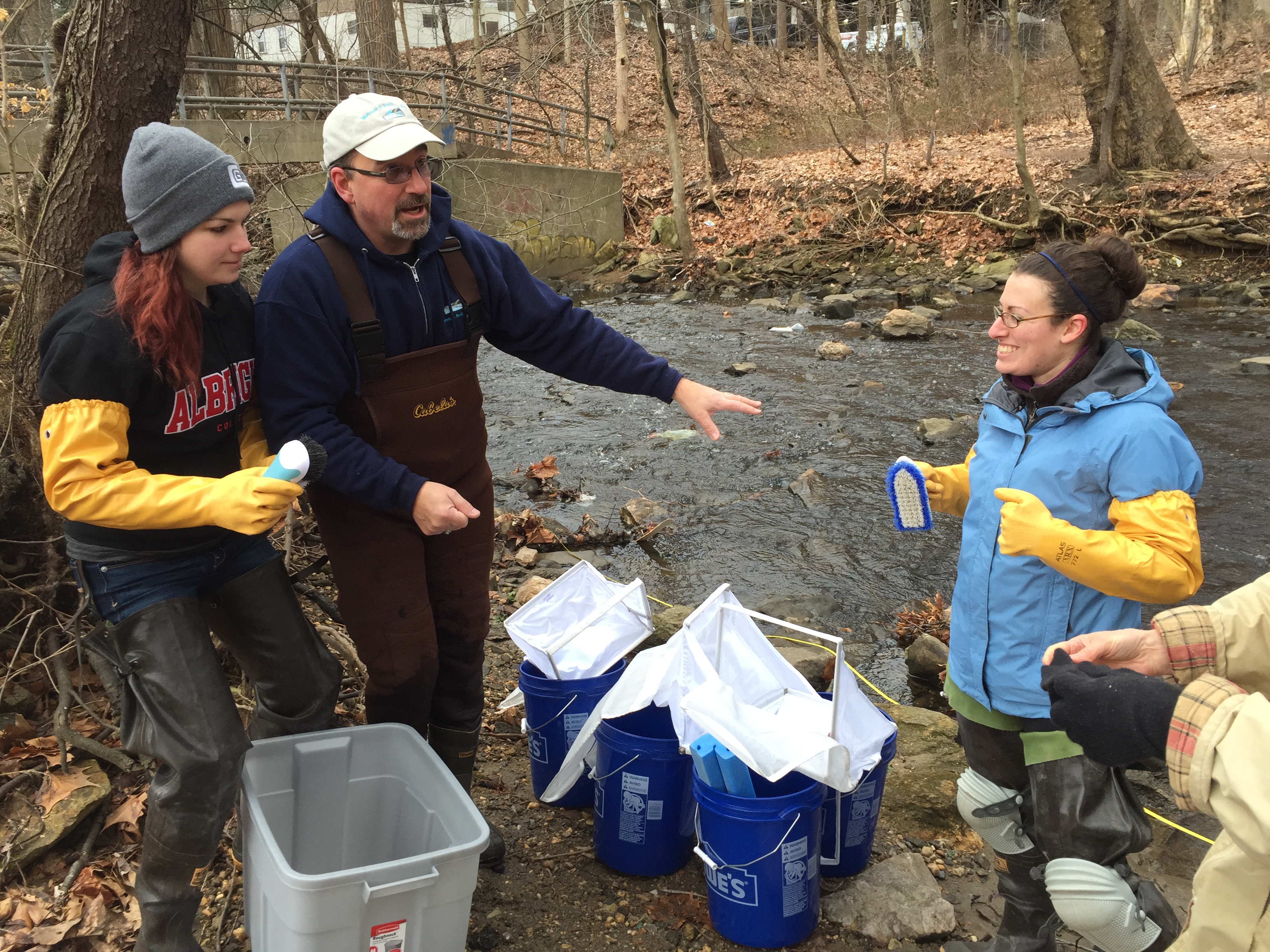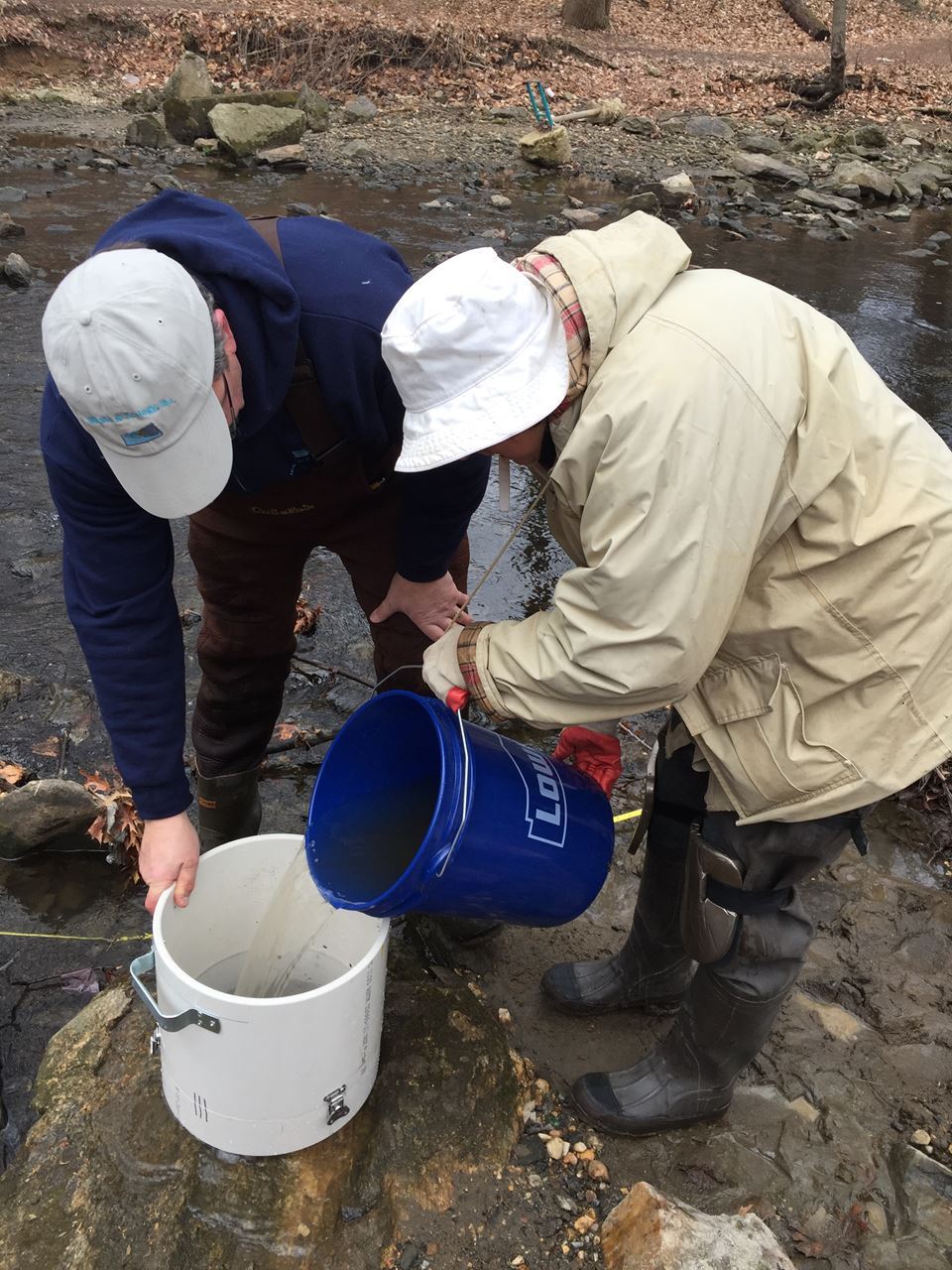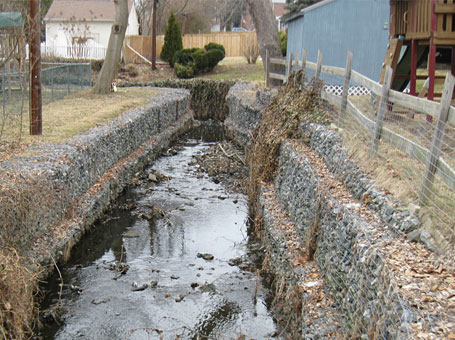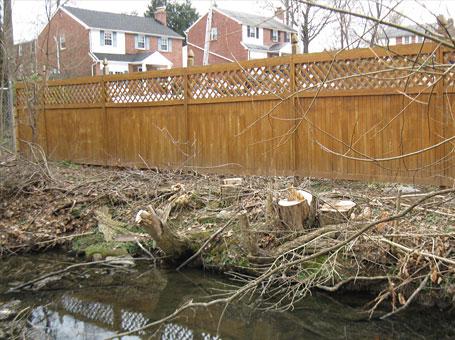%20orginal.jpg)
DRWI -William Penn Foundation Grant
|
In 2014 the William Penn Foundation led the charge and created the Delaware River Watershed Initiative (DRWI) giving focus to the Watershed as a whole.

 DCVA’s monitoring efforts include annual (generally in March) benthic macroinvertebrate sampling. That sampling is focused on aquatic insects that are great predictors of water quality. We collect water samples quarterly and have them analyzed for nitrogen, phosphorus, chloride, and total dissolved solids. On alternating months we measure temperature, pH, dissolved oxygen, nitrogen, phosphorus and chloride using water quality kits and on the other months we use the portable meter to measure temperature, pH, conductivity, turbidity, dissolved oxygen, total dissolved solids and salinity. DCVA has a robust group of Citizen Scientists that are using those kits and reporting the results to a website. All of our monitoring data are being submitted to the Academy and they are rolling it up into the huge database that has been created for the DRWI that tracks monitoring data and reports on water quality at locations throughout the Watershed.
DCVA’s monitoring efforts include annual (generally in March) benthic macroinvertebrate sampling. That sampling is focused on aquatic insects that are great predictors of water quality. We collect water samples quarterly and have them analyzed for nitrogen, phosphorus, chloride, and total dissolved solids. On alternating months we measure temperature, pH, dissolved oxygen, nitrogen, phosphorus and chloride using water quality kits and on the other months we use the portable meter to measure temperature, pH, conductivity, turbidity, dissolved oxygen, total dissolved solids and salinity. DCVA has a robust group of Citizen Scientists that are using those kits and reporting the results to a website. All of our monitoring data are being submitted to the Academy and they are rolling it up into the huge database that has been created for the DRWI that tracks monitoring data and reports on water quality at locations throughout the Watershed.
DCVA recently completed the planning process for the next Phase of the DRWI program. During Phase 2 (2018 through 2021), DCVA will continue to monitor water quality in Cobbs Creek. On November 27, 2017, Stroud Water Research Center installed a near-real-time water quality meter on an unnamed tributary of Cobbs Creek. The meter measures water depth, conductivity, temperature and turbidity. The data that has been collected since Nov. 27th can be viewed at https://monitormywatershed.org/sites/PUCC2S/. There are many more meters located throughout the watershed and the data that is being collected by those meters. DCVA will be using the data from the meter to inform water quality improvement projects within the watershed.
The William Penn Foundation is funding studies of watersheds throughout the Philadelphia area in order to encourage watershed restoration to improve water quality. DCVA is focusing its research and restoration efforts on Cobbs Creek and Naylor's Run through this grant. Click here to read an update on DCVA's activities under the WPF grant by DCVA President Jaclyn Rhoads: The Delaware River Watershed InitiativeNewsletterArticle022016.pdf |
Click here to read more about the Cobbs Creek Cobbs Creek water quality.pdf and Cobbs Creek.pdf and Summary of Open Space Plan for Narberth Borough and the Cobbs.pdf and Cleaning Up and Improving the Cobbs.pdf.
Pictured are some DCVA members, Lower Merion Conservancy members and members of the Eastern Delaware County Stormwater Collaborative collecting macroinvertebrate samples on the Cobbs Creek. Additional pictures show some of the reasons that stream restoration should be a priority in our area. This work is paid for in part by the William Penn Foundation Grant

| 
|
